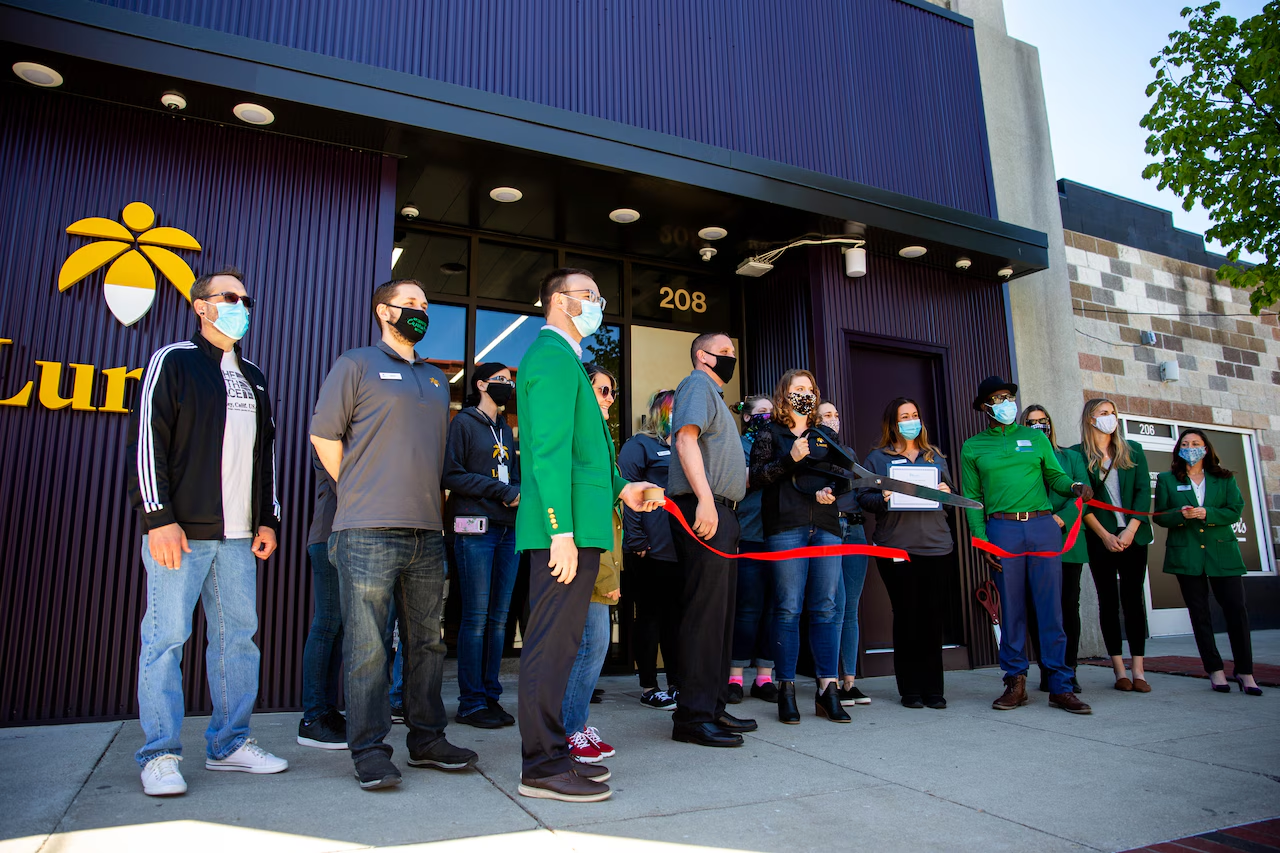Why the “Set It and Forget It” Approach Fails in CMMC Compliance Requirements

CMMC compliance isn’t something that can be handled once and left alone. Security threats evolve, compliance standards shift, and companies that don’t keep up can quickly fall out of alignment. Businesses that take a one-time, checklist-style approach to meeting CMMC requirements often find themselves scrambling when audits roll around. A proactive, ongoing strategy is the only way to maintain compliance without last-minute stress.
Compliance Drifts Without Ongoing Security Checks
Without regular security checks, compliance efforts slowly unravel. Systems change, new employees join, and security configurations get adjusted, often without considering how these shifts impact CMMC compliance requirements. What was once a fully compliant environment can drift out of alignment over time, leaving businesses vulnerable to both cyber threats and failed assessments.
Routine security audits and continuous monitoring help prevent compliance drift. Businesses that integrate regular security reviews into their operations ensure that controls remain in place and effective. A CMMC consulting team can assist in setting up automated compliance tracking, helping businesses stay on top of their security posture without added workload. Staying compliant isn’t about checking a box once—it requires constant oversight and regular adjustments.
Static Policies Fail Against Evolving Threats
Threats don’t stay the same, and neither should security policies. A policy written two years ago may no longer address today’s cyber risks. Attackers continuously refine their tactics, and businesses relying on outdated security measures are at a disadvantage. CMMC compliance requirements demand policies that are regularly updated to reflect new threats and best practices.
A well-maintained cybersecurity policy isn’t just a document—it’s a living framework that adapts to emerging risks. Regular policy reviews ensure that encryption standards, access controls, and data protection measures remain effective. Organizations that invest in ongoing policy updates avoid compliance gaps and strengthen their security posture. A CMMC consulting team can help tailor policies to align with the latest CMMC level 1 and level 2 requirements, ensuring that businesses stay ahead of the curve.
Neglected Access Controls Open Doors for Breaches
Weak access controls are one of the easiest ways for an attacker to infiltrate a system. Over time, as roles shift and employees come and go, outdated permissions can create hidden vulnerabilities. Companies that fail to regularly review access controls risk leaving sensitive information exposed, making it easier for unauthorized users to gain access.
Regular access control reviews ensure that only the right individuals have access to critical systems. Implementing role-based access, enforcing multi-factor authentication, and routinely revoking unnecessary permissions are key to maintaining security. Businesses that make access control a priority reduce the risk of data breaches and align with CMMC assessment requirements. Working with a CMMC compliance expert can simplify this process, ensuring that businesses maintain a strong, audit-ready access control framework.
Outdated Risk Assessments Lead to Costly Gaps
Risk assessments that aren’t updated regularly become useless. Cyber threats, business operations, and technology environments change constantly, meaning a risk assessment from a year ago may no longer reflect current vulnerabilities. Businesses that fail to reassess their risks leave themselves open to security weaknesses that could have been easily addressed.
Ongoing risk assessments help businesses identify new threats before they become serious problems. A proactive risk management approach ensures that security controls stay effective and compliance efforts remain aligned with CMMC level 2 requirements. By conducting regular assessments and updating security measures accordingly, organizations reduce the likelihood of failing an audit or suffering a security breach. A CMMC consulting firm can assist in structuring these assessments, ensuring that they cover all necessary aspects without becoming an overwhelming task.
Cyber Hygiene Requires Constant Attention
Good cyber hygiene isn’t something that happens once—it’s an ongoing process. Software updates, password policies, vulnerability scanning, and employee training all need continuous reinforcement. When businesses neglect these areas, security measures become weak, increasing the chances of a compliance failure or cyberattack.
Regular security training ensures that employees follow best practices and recognize potential threats. Patch management keeps systems protected from known vulnerabilities, and continuous monitoring helps detect issues before they escalate. Organizations that prioritize cyber hygiene meet CMMC compliance requirements more easily and improve overall security resilience. Making cybersecurity part of daily operations, rather than an occasional effort, keeps businesses prepared for both threats and assessments.
Ignoring Audit-Ready Documentation Causes Last-Minute Panic
CMMC assessments require extensive documentation, and businesses that don’t maintain compliance records throughout the year often find themselves scrambling before an audit. Missing policies, outdated procedures, and unorganized evidence create unnecessary stress and increase the likelihood of failing an assessment.
Keeping audit-ready documentation updated saves time and reduces risk. A well-organized system that tracks security controls, access logs, incident response plans, and compliance policies ensures that businesses can quickly provide required evidence during a CMMC assessment. A CMMC consulting firm can help establish a documentation process that simplifies compliance tracking, making it easier to stay organized and prepared for audits without the last-minute rush.


